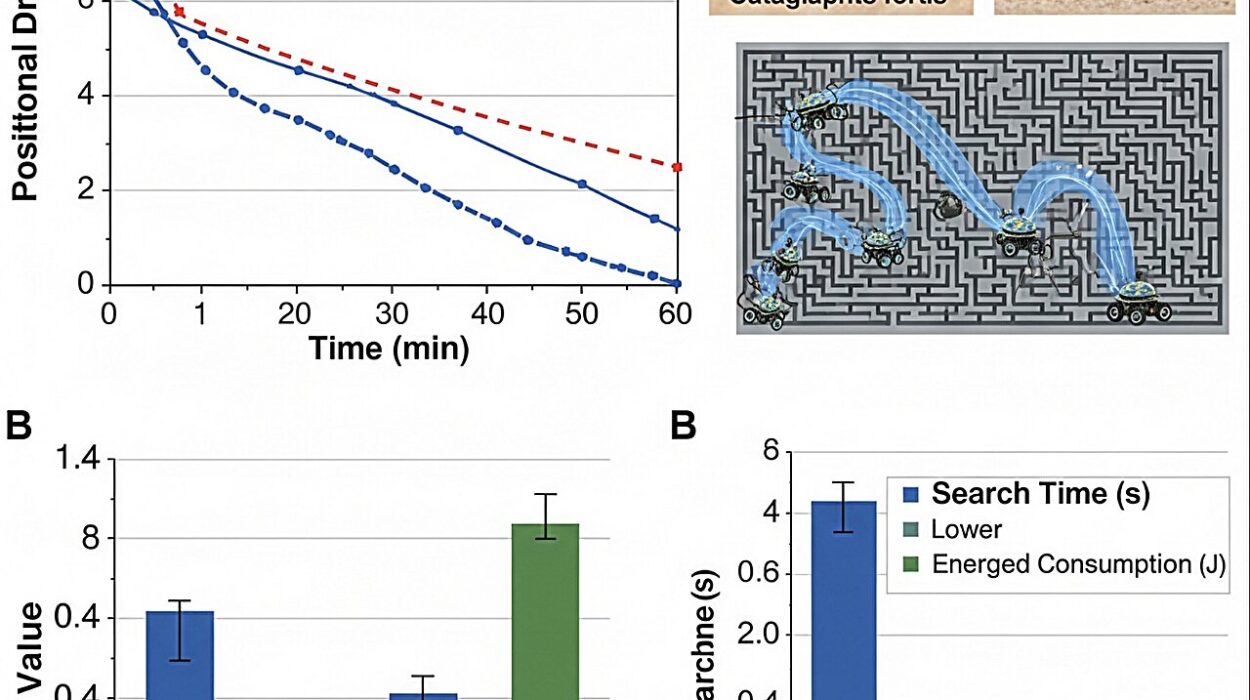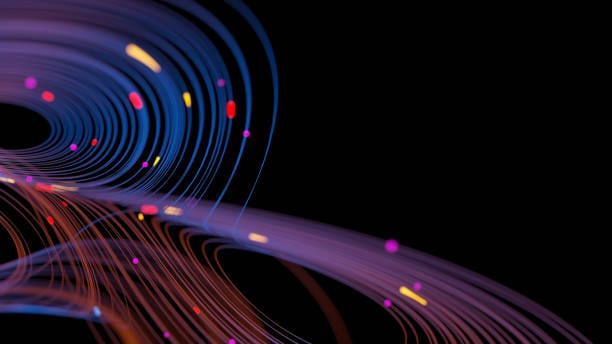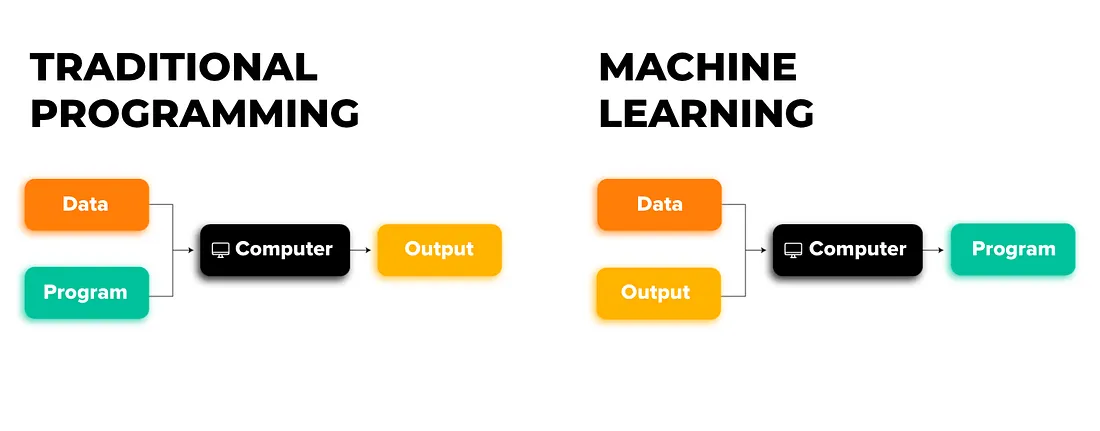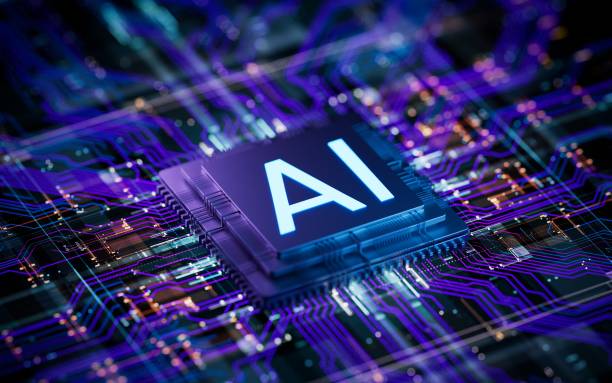If you were to walk into a room full of programmers from all corners of the globe and ask, “Which programming language should a beginner start with?” you’d likely hear the same name over and over: Python. It’s not because Python is the newest or the flashiest language. It’s because it sits in a rare sweet spot — easy enough for a complete beginner to pick up in days, yet powerful enough to run some of the world’s most sophisticated systems.
Python is the language that powers social media algorithms, financial analysis tools, scientific research models, game development, and artificial intelligence. It’s equally at home helping a small business automate invoices as it is managing the backend of billion-dollar corporations. But beyond its technical might, Python has something more intangible: it feels friendly. Its syntax is readable, its community is welcoming, and it invites you to experiment without fear.
If programming languages were musical instruments, Python would be the guitar you can strum a few chords on your first day, yet also the one capable of virtuosic solos after years of mastery.
The Story of Python
Every great tool has a story, and Python’s begins in late 1989 with Guido van Rossum, a Dutch programmer working at the Centrum Wiskunde & Informatica (CWI) in the Netherlands. Guido wanted to create a language that was powerful yet intuitive, one that would allow developers to write clear, logical code for both small and large-scale projects.
He was inspired by ABC, an earlier language designed for teaching programming. But Guido envisioned something more extensible, with fewer limitations and better integration with the systems programmers already used. During the Christmas holidays of 1989, while many people were resting or celebrating, Guido began writing the first version of Python.
The name didn’t come from the snake. Guido was a fan of the British comedy series Monty Python’s Flying Circus. He wanted the language to have a name that was short, catchy, and a bit playful — a reflection of his vision that programming should be fun, not just functional.
The first public release, Python 0.9.0, came in 1991. From there, it grew steadily, fueled by an enthusiastic community. Python’s design emphasized simplicity and readability — a stark contrast to the cryptic punctuation and rigid syntax of many languages at the time.
Why Python Is Different
For a beginner, one of the biggest hurdles in learning to code is not the logic itself, but the sheer density of symbols and syntax in many programming languages. In C, Java, or C++, you often must wrap your ideas in layers of boilerplate code before you can even see them run. Python takes the opposite approach: write less, do more.
Where other languages might require ten lines to accomplish something, Python often needs only three. And those three lines read almost like plain English. This isn’t just convenient; it frees you to focus on the ideas behind the code instead of wrestling with the language itself.
The guiding principles of Python are summed up in “The Zen of Python,” a short, almost poetic set of aphorisms you can see by typing import this in the Python interpreter. Among them are:
- Beautiful is better than ugly.
- Simple is better than complex.
- Readability counts.
These are not just slogans. They shape how Python is designed, how its community writes code, and how beginners experience it.
Setting Up Your First Python Environment
Learning Python starts with setting up a place where you can write and run your code. On most computers, installing Python is straightforward. The official website, python.org, offers versions for Windows, macOS, and Linux. Once installed, you can write Python in a simple text editor or use an Integrated Development Environment (IDE) like PyCharm, VS Code, or even Jupyter Notebook.
Jupyter Notebooks are especially popular among beginners and data scientists because they let you mix code, text, and visuals in a single document. It’s like having a lab notebook where you can both explain and execute your ideas side by side.
If you want to get started without installing anything, there are also online environments like Repl.it or Google Colab that run Python in your browser. This is particularly handy if you’re learning on a shared computer or a device where you can’t install software.
Your First Python Program
The tradition in programming is to start with the simplest possible program: one that displays the words “Hello, World!” on the screen. In Python, it’s as easy as:
print("Hello, World!")
That’s it. No complicated setup, no obscure syntax. You’ve just written your first Python program. And while it may not seem like much, in that one moment you’ve crossed the threshold from a non-programmer to someone who can speak to a machine in its own language.
From here, you can expand to variables, arithmetic, loops, and functions — the building blocks of all programming.
Understanding Variables and Data Types
In Python, variables are like containers that hold information. If you write:
name = "Alice"
age = 25
height = 1.68
You’ve created three variables. The first holds a string (text), the second holds an integer (whole number), and the third holds a floating-point number (a decimal). Python doesn’t require you to declare the type of variable in advance; it figures it out automatically. This flexibility makes it especially welcoming for beginners, while still powerful for experts.
There are more data types you’ll encounter: booleans (True or False), lists, tuples, dictionaries, and sets. Each serves different purposes, from storing a sequence of items to mapping keys to values.
Control Flow: Teaching Your Program to Think
Once you can store information, you’ll want your program to make decisions. That’s where control flow comes in. Python uses if, elif, and else statements to execute different code depending on conditions. For example:
if age < 18:
print("You're underage.")
elif age < 65:
print("You're an adult.")
else:
print("You're a senior.")
These simple structures give your programs the ability to adapt and respond — the beginnings of “intelligence” in your code.
Loops: Doing Things Again and Again
Loops are another core concept. Instead of writing the same line of code over and over, you can tell Python to repeat it until a condition is met. There are two main types of loops in Python: for loops, which iterate over a sequence, and while loops, which continue as long as a condition is true.
This ability to automate repetition is one of the first places you’ll feel the real power of programming. Suddenly, tasks that would take hours by hand can be done in seconds.
Functions: Reusable Pieces of Logic
Functions are like mini-programs inside your program. They take input, do something with it, and return an output. Defining a function in Python is as simple as:
def greet(name):
return f"Hello, {name}!"
Now, any time you want to greet someone, you just call greet("Alice") or greet("Bob"). Functions keep your code organized and reduce repetition — and they’re the building blocks for more complex projects.
The Joy of Immediate Feedback
One of the reasons Python is such a joy for beginners is its interactive shell. You can type commands one at a time and see the results instantly. This is invaluable for learning because it encourages experimentation. You don’t have to plan out an entire program before running anything; you can try a small piece of code, see what happens, and adjust.
This style of learning — exploratory, hands-on, forgiving — mirrors how humans naturally learn other skills, from cooking to playing music.
Real-World Applications You Can Build Early
Within your first few weeks of learning Python, you can build programs that actually do useful things. You might automate file organization on your computer, scrape data from websites, or analyze a spreadsheet. If you’re interested in art, you can generate patterns or manipulate images. If you love storytelling, you can create text-based games that respond to player choices.
Python’s versatility means you don’t have to commit to one path early. You can explore web development with Django or Flask, data science with Pandas and Matplotlib, machine learning with TensorFlow, or hardware projects with MicroPython on microcontrollers.
The Community That Never Sleeps
Perhaps one of Python’s greatest strengths is its community. No matter what problem you face, chances are someone has already faced it and written about the solution. Platforms like Stack Overflow, Reddit, and countless blogs are filled with Python tips and tutorials.
Python also has one of the richest collections of libraries — pre-written code you can use so you don’t have to reinvent the wheel. Whether you need to plot a graph, process an image, train a neural network, or control a robot arm, there’s probably a Python library for it.
Thinking Like a Programmer
As you grow more comfortable with Python’s syntax, you’ll notice a deeper shift: you’re starting to think like a programmer. Problems become puzzles. You begin to break them down into smaller steps, looking for patterns and efficiencies. You stop fearing errors and start seeing them as clues.
This mindset is perhaps the most valuable thing Python offers. Even if you eventually move on to other languages, the habits of logical thinking and problem-solving you develop will stay with you for life.
From Beginner to Builder
Your Python journey might start with simple scripts and exercises, but it can grow into building full-fledged applications. The leap from writing small code snippets to constructing a complete project is thrilling — and Python is one of the best languages for making that leap.
You might create a personal budget tracker, a chatbot, a data visualization dashboard, or a web app. Each project will stretch your skills, forcing you to learn new concepts and tools. And with Python’s extensive documentation and supportive community, you’ll never be without guidance.
The Road Ahead
Learning Python is not about memorizing every function or mastering every library. It’s about building confidence in your ability to make the computer do what you want. It’s about unlocking a new way to think and create.
As you progress, you might delve into advanced topics like object-oriented programming, decorators, concurrency, and machine learning. Or you might specialize in a field like data analysis, web development, or automation.
Whatever path you take, Python will remain a reliable companion — flexible, forgiving, and endlessly capable.
Closing Thoughts: Your Invitation
If you’ve ever thought that programming was only for “tech geniuses” or people who spend their lives in dimly lit rooms, Python offers you a different story. It says, “Come as you are. Let’s make something together.”
Whether you dream of building the next big app, analyzing scientific data, or simply automating boring tasks, Python gives you the tools. And more than that, it gives you a way to bring your ideas to life.
The first step is small — maybe just typing:
print("Hello, World!")
But that step opens the door to a world where your creativity is limited only by your curiosity.






